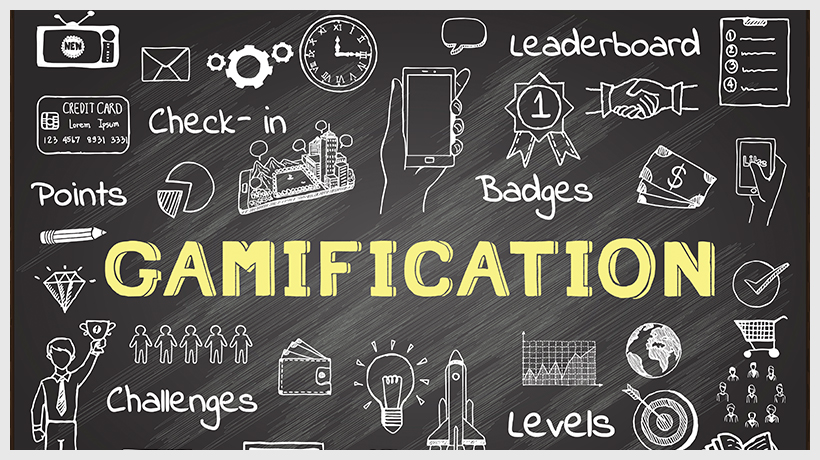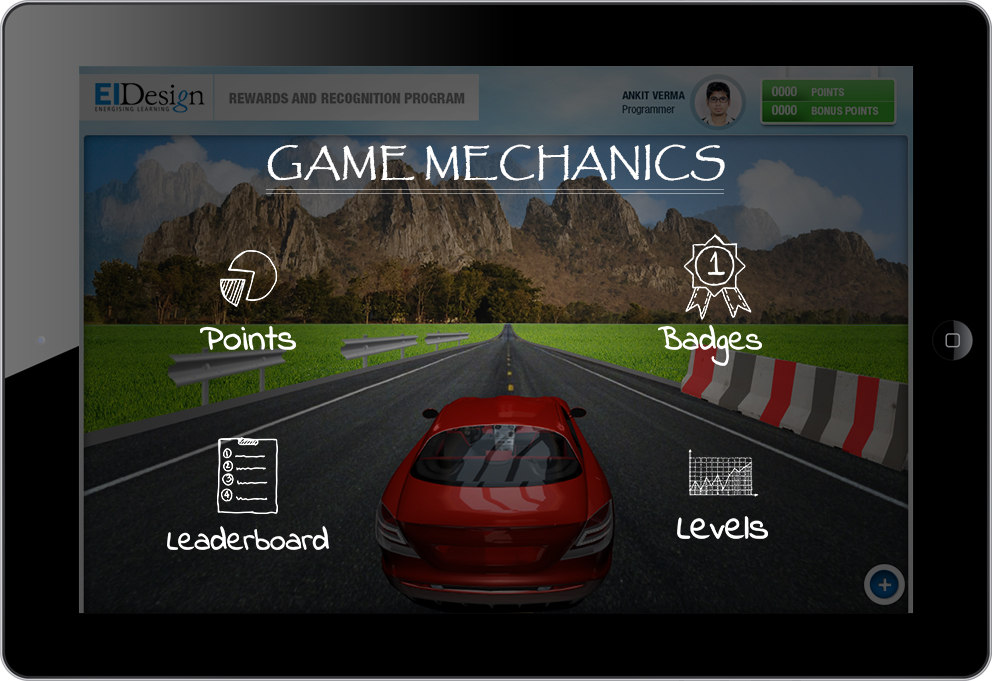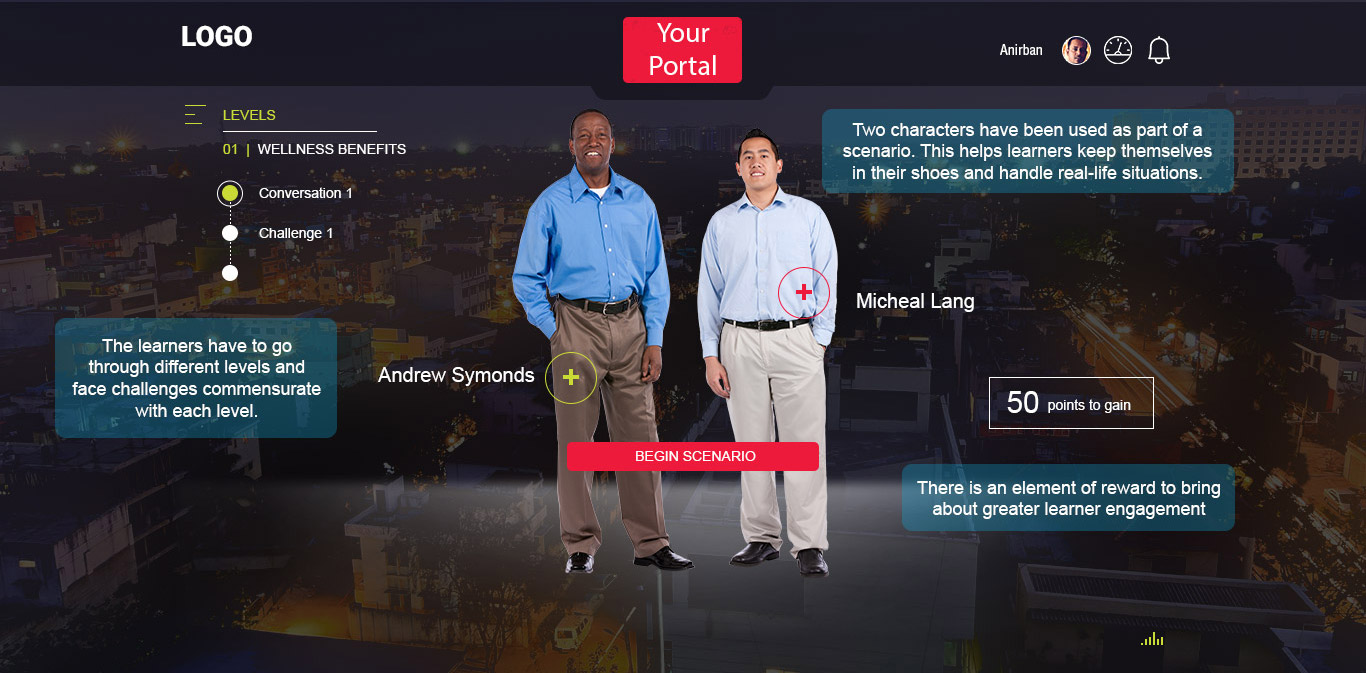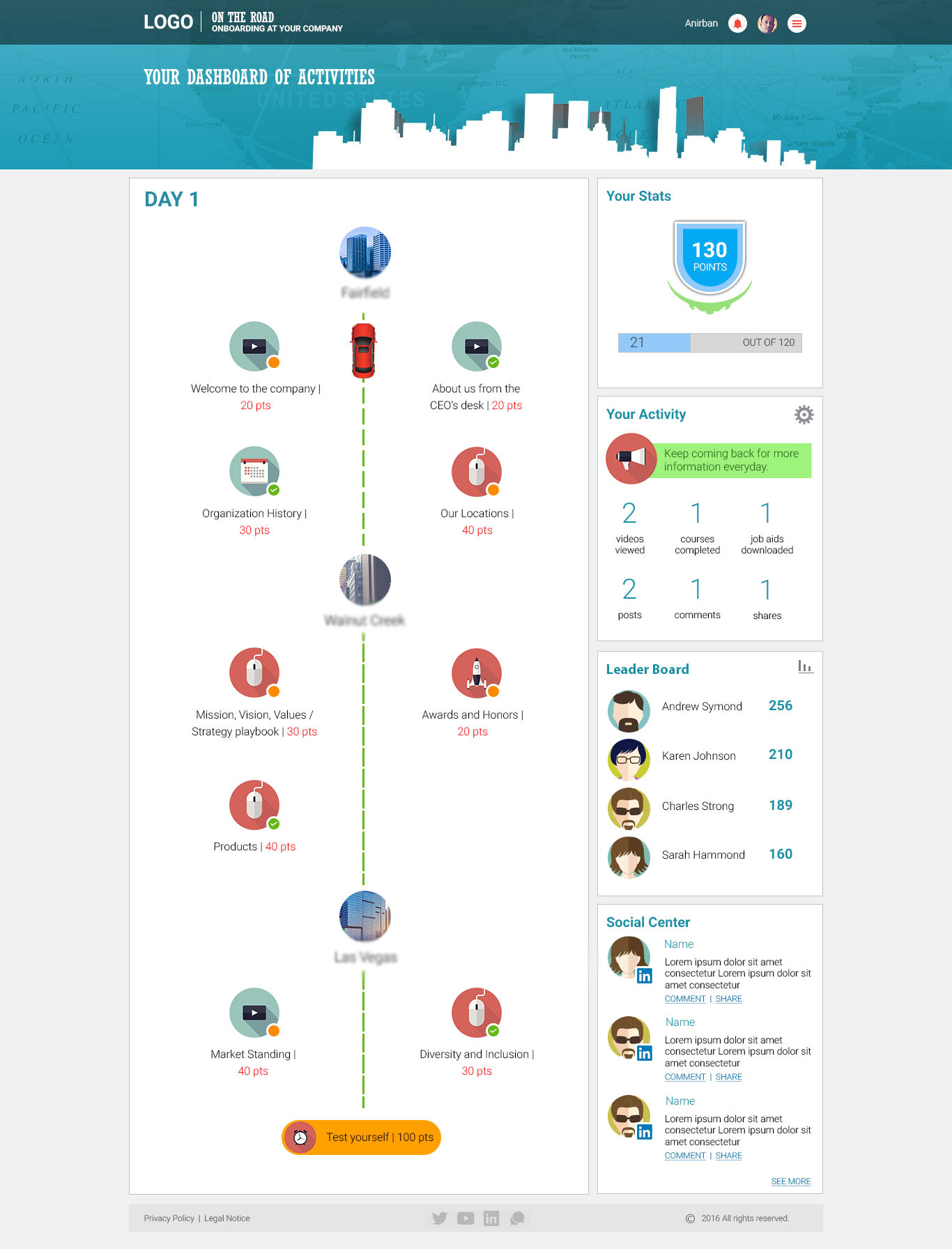
Today, gamification is poised to impact corporate training significantly. It is more than a buzz and is gaining momentum on account of increased adoption of mobile learning. This article addresses 8 questions on why adopting gamification for corporate training makes sense.
8 Questions Answered: Why You Should Adopt Gamification For Corporate Training
At EI, we have an established gamification practice and we have seen a steady increase in the last two years in its adoption for serious learning (for corporate training). Using this experience, I am listing the following 8 questions that will address your queries and concerns as you take a call on adopting gamification for corporate training.
1. What Is Gamification?
Gamification is an approach where elements and principles of gaming are used to create a more effective and engaging learning experience. Gamification can be used effectively to help the learners apply their learning on-the-job through real life situations in a controlled environment.
Gamification-based learning courses will typically have the components like a storyline, challenges, rewards, and analytics shown here:

2. What Are The Benefits Of Gamification?
1. Better Learning Experience.
When learner engagement is high, there is greater recall and retention. With gamification, learners show high levels of engagement as they learn and have fun at the same time.
2. Better Learning Environment.
The learning environment that gamification in eLearning provides is not just informal and effective, but also safe and apt to reinforce learning. Learners get to place themselves in circumstances similar to real life situations and the decisions they make here go a long way in helping them retain knowledge.
3. Instant Feedback.
The learning reinforcement is immediate as learners get instant feedback telling them whether the decisions they make are right or not. This is also a great way to up the learner engagement and retention quotient.
4. Prompting Behavioral Change.
Gamification is not just about points, badges, and leaderboards. When used wisely in tandem with scientific principles of repeated retrieval and spaced repetition, gamification can bring about the desired behavioral change effectively.
5. Can Be Applied For Most Learning Needs.
Who says gamification has a limited scope? It finds a fit in learning strategies for most learning needs – induction and onboarding, product sales, customer support, soft skills, awareness creation, compliance, you name it!
6. Appeals To The Millennial Workforce.
Organizations globally are seeing an increase in the millennial workforce and this group of learners needs an approach that is different from the traditional eLearning approaches. This learner profile relates well to gamification for corporate training.
7. Impact On Bottom-Line.
With all these benefits and factors contributing to a better learner experience, gamification for corporate training helps rake in a significant gain for organizations and their businesses.
3. Where Can Gamification Be Applied?
Specifically, gamification can:
- Be applied to address varied training needs (including induction, onboarding, behavioral change, soft skills, and compliance).
- Enhance the impact of traditional eLearning courses (through partial gamification and gamified assessments).
- Be used in ILT trainings (through gamified assessments).
- Be used to better the impact of learning through learning paths (with wide and varied range of learning assets).
- Gel well with the concept of collaborative learning (social learning).
At EI, we have expertise in creating learning material using “gamification for serious learning” and have gamified solutions for various corporate training needs, including:
- Professional skills training.
- Product training.
- Soft skills.
- Induction and on-boarding.
- Compliance.
- Social collaboration – featuring Performance Support Tools.
4. What Factors Contribute To Successful Gamification In Training?
For a gamification initiative to hit the bull’s eye, the concept that it is built on needs to be spot on. When gamifying a concept, one needs to check if it is:
- Capturing and retaining learners’ attention.
- Challenging them.
- Engaging and entertaining them.
- Teaching them.
This is how an effective concept of gamification in training looks like:

5. Can It Meet Specific Learning Outcomes Like Traditional eLearning Or Is It “Just Fun And No Specific Learning Gain”?
Gamification is not just about having fun. Much like traditional eLearning, it can be used to meet specific learning outcomes.We have used it precisely for this and we’ve done it through:
- Applying game mechanics in a non-game situation.
- Providing a platform and a safe environment for learners to face challenges that they would face in real life situations.
- Designing solutions with “serious game-based” concepts and mapping the game objectives to the learning objectives.
- Creating web portals that integrate the best of microlearning techniques, social learning, and customizable learning paths.
6. Can Gamification For Corporate Training Integrate With Social Learning?
Yes. The answer lies in designing a gamification concept that can leverage on social learning. Definitely, concepts like learner curated content can add value. Similarly, access to peers (as a helpline) to clear questions/challenges can be integrated into the gamification concept.
Besides, the concept of “online gaming” has been around for a while now where users from various parts of the world compete against each other/play together online on the same gaming platform (some online games even come with an in-game chat feature) – striking resemblance to the collaboration/networking bit that social media provide today, one may feel. There’s no reason why this element cannot be leveraged on through the marriage of gamification and social learning approaches.
Here is an example that showcases how elements of social learning and gamification can be used together to create a high impact learning experience:

7. How Can Gamification Leverage On Microlearning?
With dwindling attention spans, the power of microlearning-based training is gaining momentum. Microlearning nuggets are of short duration and tailor made to address the challenge of short attention spans.Today’s population does enjoy the gaming experience in short bursts (think mobile games) as opposed to keeping track of their “saved” levels and picking from where they had left in the long series of TV video games a few years ago. Gamification concepts can be easily adapted to microlearning to further increase the engagement and impact.
8. Is Gamification For Corporate Training Development Expensive And Time Consuming?
Certainly, gamification-based training is more expensive than traditional eLearning based training. However, its benefits will clearly help you maximize your ROI (the business gain) and learner engagement, besides helping you achieve higher completion rates and better recall and retention (the learner’s gain).
Final Thoughts
I hope this article provides answers to your questions or concerns and provides enough ammunition to help you adopt gamification for corporate training.
- You can embark on this journey with partial gamification techniques (these are inexpensive, improve the stickiness of learning, and add tremendous punch to the learning experience).
- You can also opt for portal based approaches (using microlearning– and learning path- based approaches).
These approaches allow you to build over time (rather than a huge investment upfront) plus provide the flexibility in updating your learning assets.
Do contact me if you need any assistance in crafting your strategy to adopt gamification for corporate training.
Source: The article originally published in elearningindustry.com



